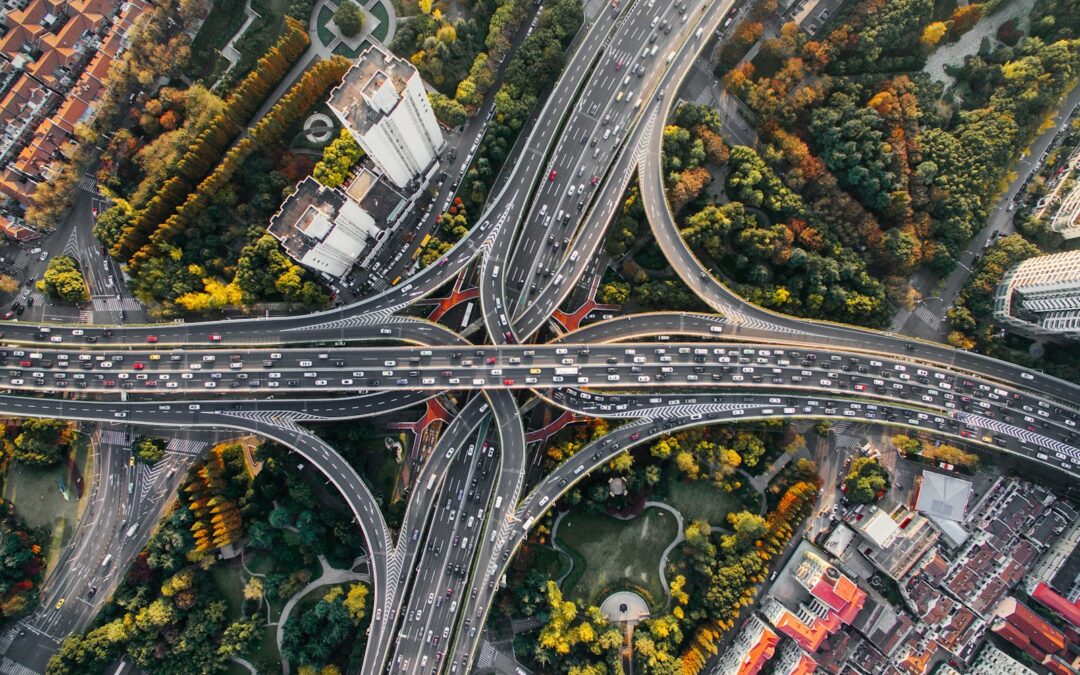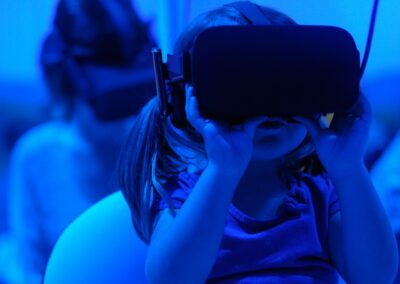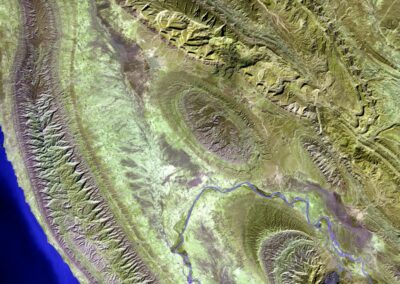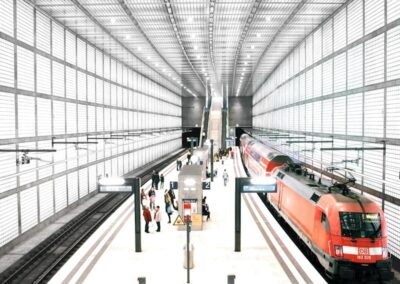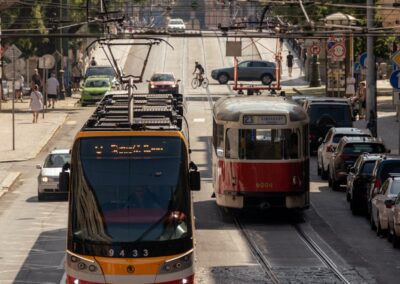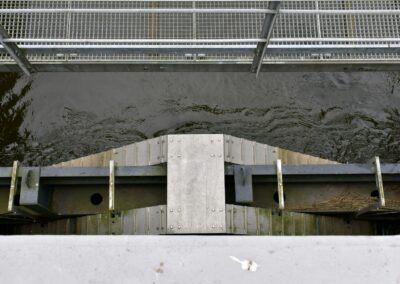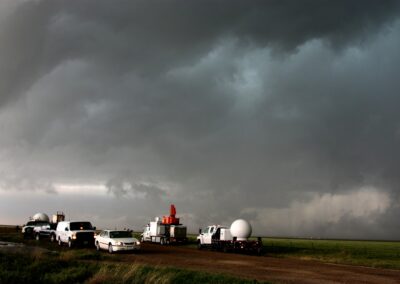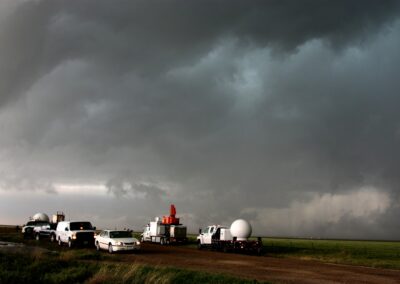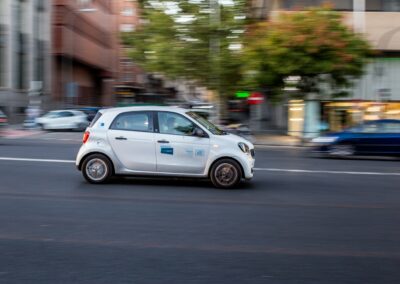Transforming Urban Environments with Digital Twin Technology
Introduction to Enhancing Urban Resilience with Digital Twins
In the face of escalating climate change and increasing urbanization, enhancing urban resilience with digital twins has emerged as a pivotal strategy for cities worldwide. Digital twins, which are sophisticated virtual replicas of physical assets, systems, or entire environments, offer unprecedented capabilities to model, analyze, and optimize urban environments. This technology enables city planners and decision-makers to simulate various scenarios, anticipate potential challenges, and develop strategies to improve the resilience and adaptability of urban areas.
The role of digital twins in urban resilience is particularly relevant as cities confront diverse challenges such as extreme weather events, rising sea levels, and resource constraints. By providing real-time data and predictive insights, digital twins allow municipalities to proactively address these issues, ensuring that urban infrastructure and services can withstand and adapt to changing conditions. This proactive approach not only enhances the safety and livability of cities but also supports sustainable urban development.
As urban centers in Saudi Arabia, the UAE, and other regions increasingly leverage digital twins, the benefits extend beyond mere problem-solving. These digital replicas offer valuable insights for strategic planning, resource management, and community engagement, ultimately fostering more resilient and adaptable urban environments.
Digital Twins in Climate Change Adaptation
Enhancing urban resilience with digital twins plays a crucial role in climate change adaptation by offering advanced tools for modeling and forecasting. For example, digital twins can simulate the impact of rising temperatures, flooding, or drought on urban infrastructure, helping city planners identify vulnerabilities and prioritize interventions. This capability allows for more informed decision-making and the implementation of measures to mitigate the effects of climate change before they become critical issues.
In addition to predicting climate-related impacts, digital twins facilitate the development of adaptive strategies. They enable the testing of various scenarios, such as changes in land use, transportation networks, or green infrastructure, to evaluate their effectiveness in enhancing urban resilience. By using digital twins to assess the potential outcomes of different strategies, cities can implement solutions that are both effective and sustainable, reducing the risk of unforeseen consequences.
Moreover, digital twins support real-time monitoring and response during climate events. By integrating data from sensors and other sources, these virtual models provide up-to-date information on environmental conditions and infrastructure performance. This real-time capability enhances the ability of cities to respond quickly to emergencies, coordinate recovery efforts, and adapt their strategies as conditions evolve.
Improving Urban Infrastructure and Resource Management
Another significant benefit of enhancing urban resilience with digital twins lies in the optimization of urban infrastructure and resource management. Digital twins offer detailed insights into the performance and condition of infrastructure assets, such as roads, bridges, and utilities. This information helps municipalities identify areas that require maintenance, repair, or upgrade, ensuring that infrastructure remains robust and functional in the face of changing conditions.
Resource management is also enhanced through digital twin technology. By providing a comprehensive view of resource usage and demand, digital twins enable more efficient allocation and conservation of resources such as water, energy, and waste. For instance, digital twins can model water distribution networks to identify leaks or inefficiencies, leading to improved water conservation and reduced operational costs. Similarly, energy usage patterns can be analyzed to optimize consumption and integrate renewable energy sources effectively.
The integration of digital twins with other advanced technologies, such as artificial intelligence and blockchain, further amplifies their impact on urban management. AI algorithms can analyze the vast amounts of data generated by digital twins to provide predictive insights and automation. Blockchain technology can enhance data security and transparency, ensuring that information related to urban resilience and infrastructure management is reliable and tamper-proof.
Building Community Engagement and Collaboration
Enhancing urban resilience with digital twins also involves fostering community engagement and collaboration. Digital twins offer a platform for visualizing and communicating complex data in an accessible manner, enabling residents, businesses, and stakeholders to understand and participate in urban planning and resilience efforts. Interactive digital models can be used in public consultations, workshops, and educational programs to raise awareness and gather feedback.
Community involvement is crucial for the success of resilience initiatives. By using digital twins to demonstrate the potential impacts of climate change and proposed solutions, cities can engage residents in meaningful dialogue and decision-making processes. This collaborative approach helps build trust, gather diverse perspectives, and ensure that resilience strategies address the needs and concerns of the community.
Additionally, digital twins facilitate collaboration between various stakeholders, including government agencies, private sector partners, and academic institutions. By sharing data and insights through digital twin platforms, these stakeholders can coordinate efforts, align priorities, and leverage expertise to achieve common goals. This collaborative environment enhances the overall effectiveness of urban resilience initiatives and promotes sustainable development.
In conclusion, enhancing urban resilience with digital twins is a transformative approach that offers significant benefits for addressing climate change and other urban challenges. By leveraging digital twin technology, cities can improve their ability to predict, adapt to, and manage various environmental and infrastructural issues. As urban areas continue to evolve, the integration of digital twins with advanced technologies and collaborative strategies will be essential for creating resilient, sustainable, and thriving urban environments.
#EnhancingUrbanResilience #DigitalTwins #ClimateChangeAdaptation #UrbanPlanning #SaudiArabia #UAE #Riyadh #Dubai #ModernTechnology #ArtificialIntelligence #Blockchain #BusinessSuccess #Leadership #ProjectManagement

